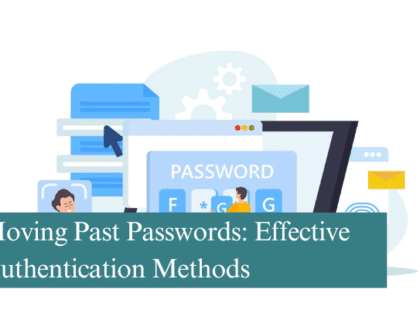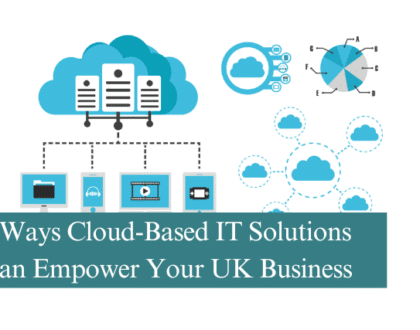
From customer relationship management to accounting, communication and supply chain operations, software systems underpin nearly every aspect of business functionality. However, with increased reliance on software comes increased vulnerability. Software security flaws, whether in custom-built applications or off-the-shelf platforms can create serious risks, including data breaches, financial losses, reputational damage, and even legal consequences.
Understanding Software Security Flaws
A software security flaw, also known as a vulnerability, is a weakness in a program that could be exploited to compromise system integrity. These flaws may exist due to poor coding practices, inadequate testing, outdated software versions, or misconfigured settings. Attackers often scan the internet looking for such vulnerabilities to exploit, and small to medium-sized businesses are just as much a target as large corporations.
Types of common software vulnerabilities include:
- SQL Injection – Malicious code inserted into queries, potentially allowing unauthorised access to databases.
- Cross-Site Scripting (XSS) – Code injected into web applications to hijack sessions or steal user data.
- Buffer Overflows – Flaws that allow attackers to overwrite memory and execute arbitrary code.
- Unpatched Software – Outdated systems that haven’t been updated with the latest security patches.
Why Software Security Matters for Your Business
The consequences of ignoring software security are severe. Cybercriminals can steal sensitive customer information, including financial data and personal details. Regulatory fines for non-compliance with data protection laws such as GDPR can be substantial. Moreover, a single breach can damage your company’s reputation and lead to loss of customer trust that takes years to rebuild.
For small businesses, the impact can be even more catastrophic, with many unable to recover from a significant security incident. Proactively managing software security is no longer optional; it’s essential.
Strategies to Protect Your Business
Conduct Regular Software Updates and Patch Management
Vendors frequently release updates to fix newly discovered vulnerabilities. Ensure all software, including operating systems, plugins, and apps, is up to date. Automating patch management through IT support providers can help ensure you never miss critical updates.
Use Reputable Software and Vendors
Always choose well-established software vendors that provide strong security track records and regular updates. Avoid free or pirated software, which often lacks proper security measures and may even include malware.
Perform Security Audits and Vulnerability Scans
Regular audits can help identify weaknesses before attackers do. These should include vulnerability assessments of your software environment, penetration testing, and code reviews if you use custom applications.
Implement the Principle of Least Privilege (PoLP)
Limit user access to only the data and systems necessary for their role. This reduces the risk of accidental or malicious misuse. For example, not every employee needs admin-level access to your customer database.
Secure Your Development Practices
If you develop your own software or hire developers, ensure they follow secure coding standards. Employ secure development lifecycle practices (SDLC), which integrate security at every phase of the software development process from design to deployment.
Use Firewalls and Intrusion Detection Systems
A robust firewall protects your internal network from external threats. Combined with intrusion detection or prevention systems (IDS/IPS), these tools can detect suspicious activity and thwart attempts to exploit software vulnerabilities.
Educate Employees and Encourage Security Awareness
Human error is a leading cause of security incidents. Conduct regular training to help staff recognise phishing attempts, suspicious links, and unsafe software practices. Foster a culture where employees feel empowered to report potential threats.
Backup Data Regularly
Even the best security systems can’t guarantee 100% protection. Regular, secure backups ensure that if a breach does occur, you can restore operations with minimal downtime.
Work with an IT Support and Management Provider
Many businesses lack the internal resources to stay on top of fast-moving security challenges. Partnering with a professional IT support and management firm gives you access to experienced cybersecurity professionals who can monitor, update, and secure your systems around the clock.
Conclusion
Software security is an ongoing responsibility that requires vigilance, expertise, and the right technology. By taking proactive steps today, you can reduce your risk of falling victim to costly cyber threats tomorrow. The goal isn’t to eliminate all risk an impossible task—but to minimise vulnerabilities and respond quickly to incidents when they occur.
Need Help Securing Your Business?
Our expert team specialises in proactive IT support, security management and software risk mitigation. We help businesses of all sizes stay secure, compliant and operational in an ever-evolving threat landscape. Whether you need a full IT security audit, ongoing support, or emergency help after a breach, we’re here to protect your business.
Contact us today to learn how we can help safeguard your software systems and support your success.
Recommended Posts

Moving Past Passwords: Effective Authentication Methods
25th July 2025

Prepare for Windows 10 End of Life: What You Need to Know
18th July 2025

5 Ways Cloud-Based IT Solutions Can Empower Your UK Business
12th July 2025
